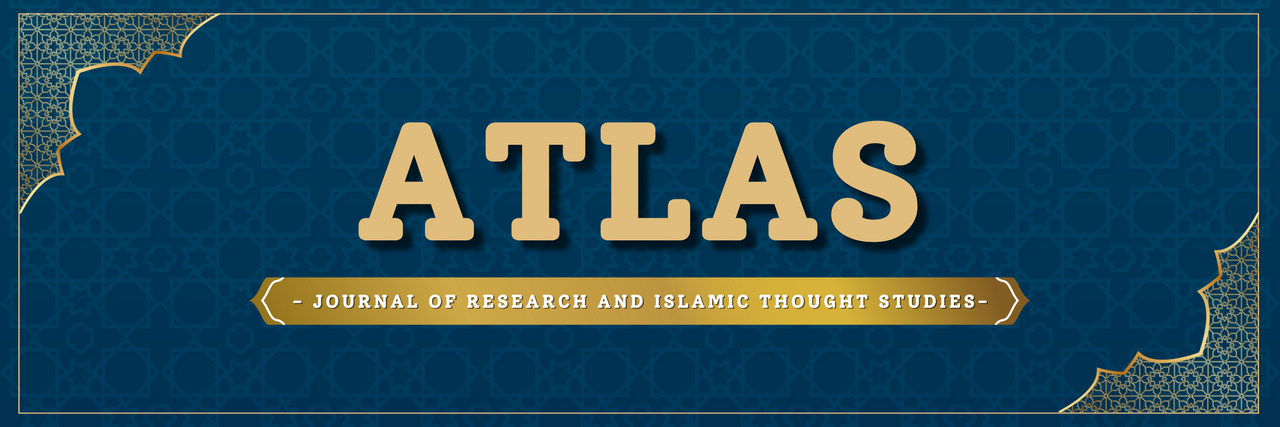E-Spiritualitas: Ekspresi Keagamaa Individu di Dunia Maya (Kajian Perbandingan E-Spritualitas di Berbagai Platform Media Sosial: Facebook, Twitter, dan Instagram)
Main Article Content
Abstract
Abstract: In the digital era, social media has become a new space of expression for individuals to show their identity and values, including religious values. This study aims to analyze and compare individuals' religious expressions on three popular social media platforms: Facebook, Twitter, and Instagram. This type of research is descriptive using qualitative methods with primary data sources coming from Facebook, Instagram and Twitter. The research data was collected from various sources, such as posts, comments, and interactions between users. The data analysis technique uses Cresswell's technique, namely organizing and preparing data for analysis, Read or look at all the data, Start Coding of the data, Used coding process to generate a description, Interlating themes, Interpreting the meaning of time. The results show that there are differences in the way individuals express their religious values on Facebook is used to share informative and educational content about religion, such as articles and videos of lectures. Twitter is used to discuss and debate religious issues, as well as to spread proselytizing and inspirational messages. Meanwhile, Instagram is used to display photos and videos related to religious activities, such as worship, pilgrimage, and religious social activities. This research provides new insights into the need for digital skills and an understanding of religious moderation to express religion online. The findings of this study can help social media users who are active in cyberspace to utilize social media positively in terms of expressing religion.
Article Details

This work is licensed under a Creative Commons Attribution-ShareAlike 4.0 International License.
References
Asiyah, S., Nasrullah, M., & Baroroh, U. (2024). Dakwah Anti Ekstremisme Melalui Media Instagram (Analisis Konten Di Instagram Infonusia). Mu’ashir: Jurnal Dakwah Dan Komunikasi Islam, 2(1), 493–516. https://doi.org/10.35878/muashir.v2i1.1185
Brasher, B. (2001). Give Me that Online Religion. Jossey-Bass Inc.
Hatta, M. (2019). Media Sosial, Sumber keberagamaan Alternatif Anak Milenial Fenomena Cyberreligion Siswa SMA Negeri 6 Depok Jawa Barat. Dakwah: Jurnal Kajian Dakwah Dan Kemasyarakatan, 22(1), 1–30. https://doi.org/10.15408/dakwah.v22i1.12044
Nawawi, M. K., & Sari, R. A. (2023). Pengaruh Media Sosial terhadap Perilaku Beragama. Jurnal Pendidikan Tambusai, 7(2), 19143–19149.
Rahman, F. (2011). Matinya Sang Dai: Otonomisasi Pesan-Pesan Keagamaan di_duni@maya. Lembaga Studi Islam Pogresif (LSIP).
Setiawan, S. R. D., & Ika, A. (2018). Tahun 2017, Pengguna Internet di Indonesia Mencapai 143,26 Juta Orang. Kompas.Com. https://ekonomi.kompas.com/read/2018/02/19/161115126/tahun-2017-pengguna-internet-di-indonesia-mencapai-14326-juta-orang
Sugeng Cahyono, A. (n.d.). Pengaruh Media Sosial Terhadap Perubahan Sosial Masyarakat di Indonesia. https://journal.unita.ac.id/index.php/publiciana/article/view/79/73
Winman, D. F., & Lahamendu, N. O. K. D. (2021). Cyberspace dan Unggahan Status Religius di Media Sosial. PUTE WAYA: Sociology of Religion Journal, 2(1), 44–62.

